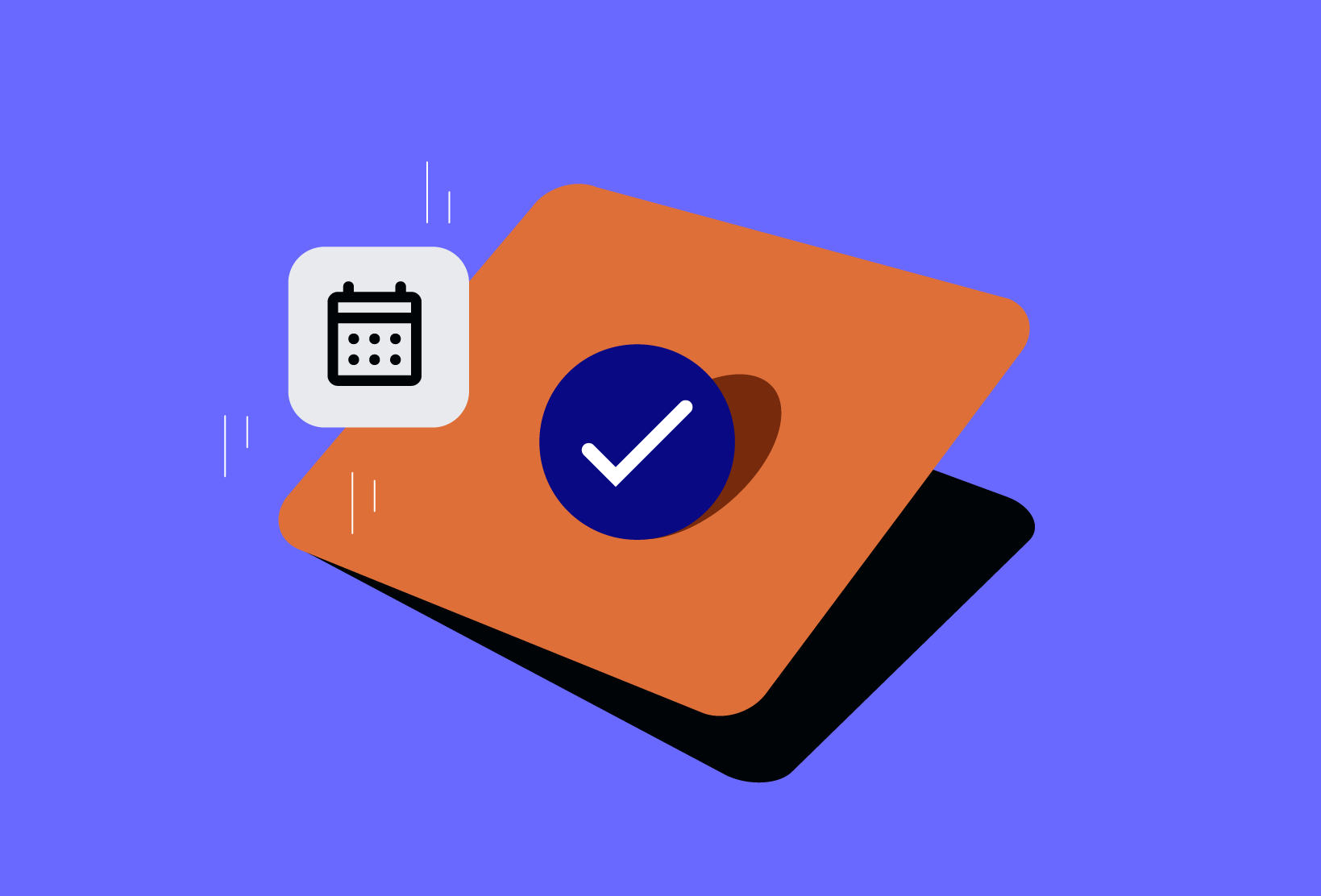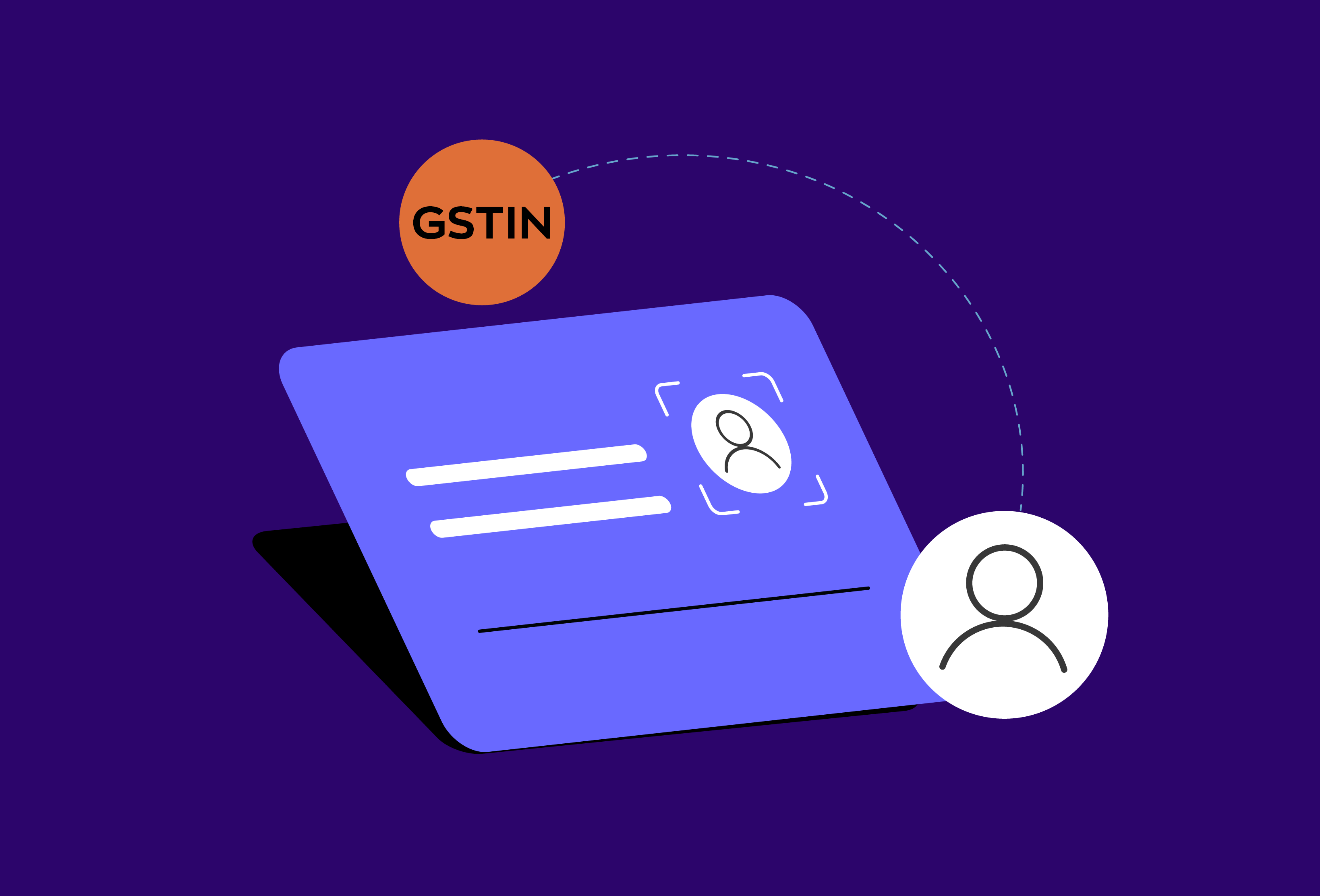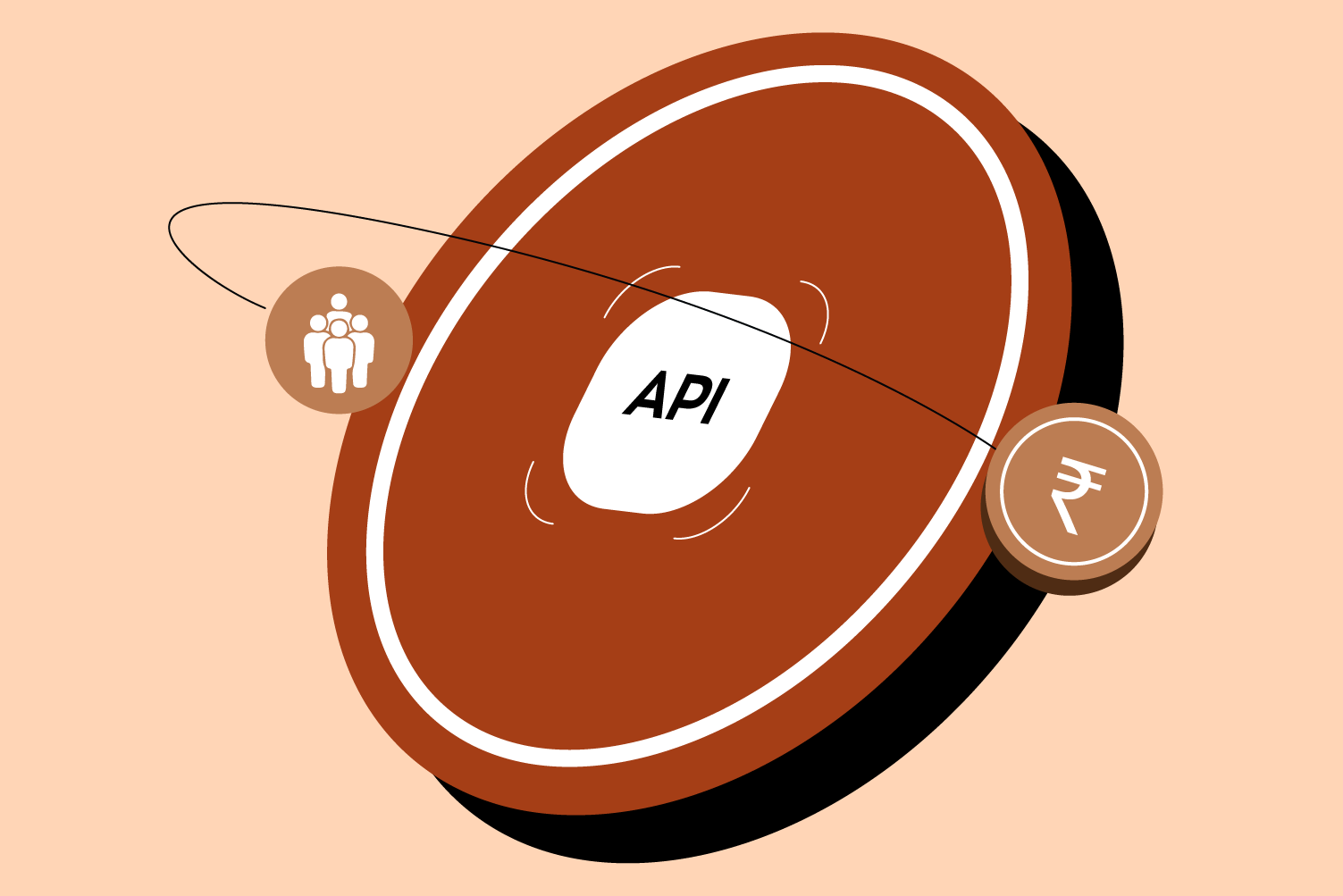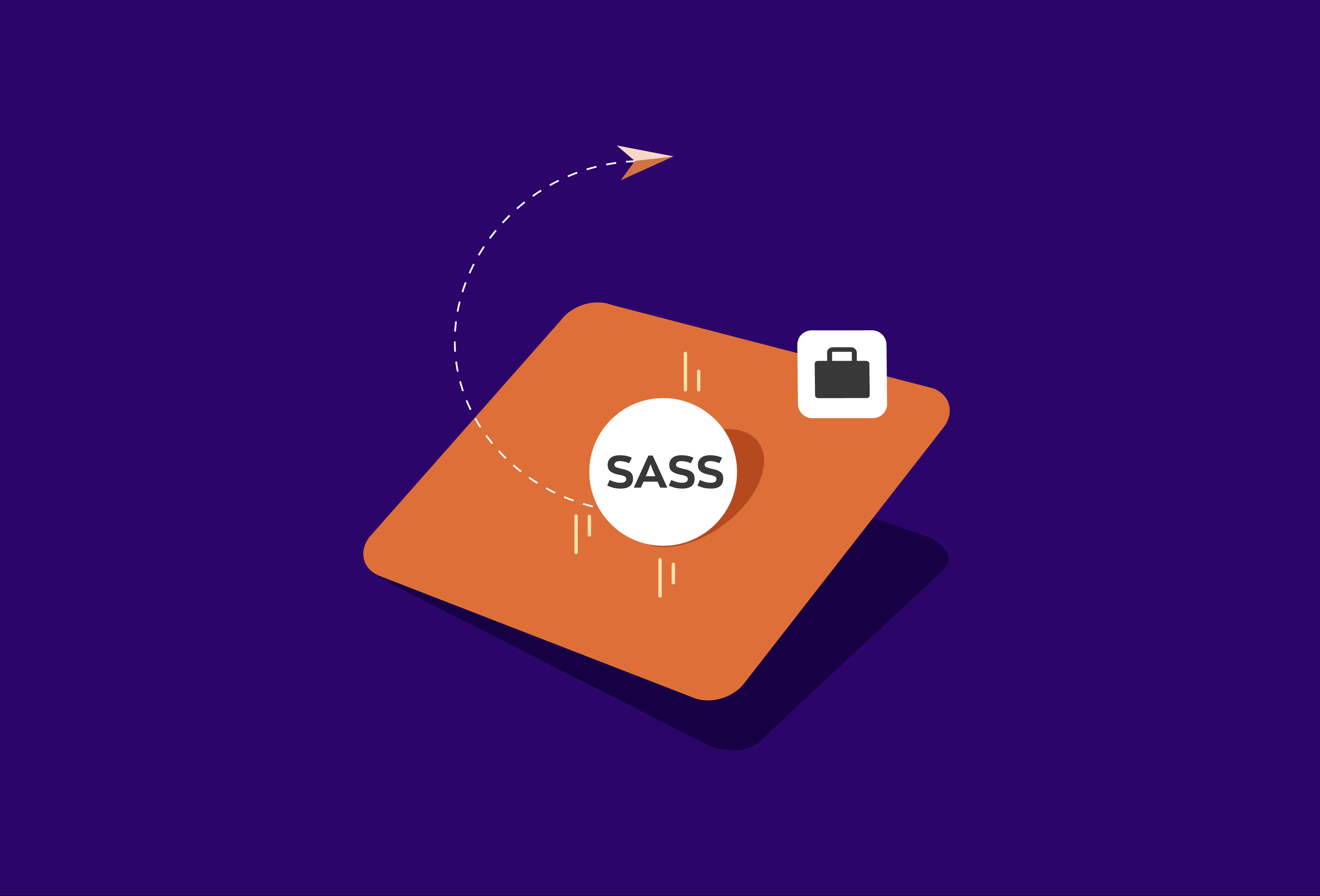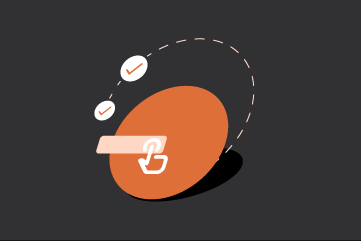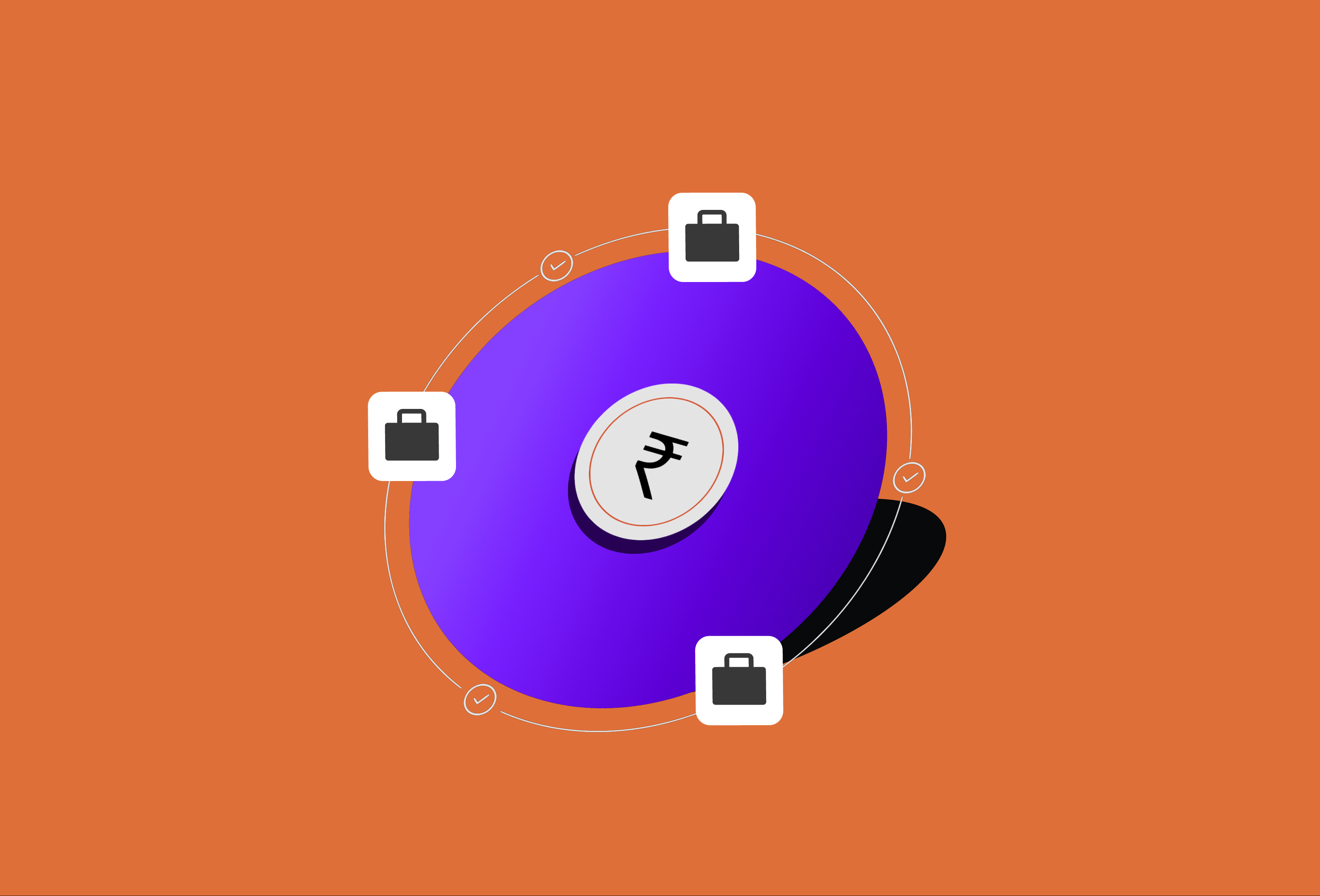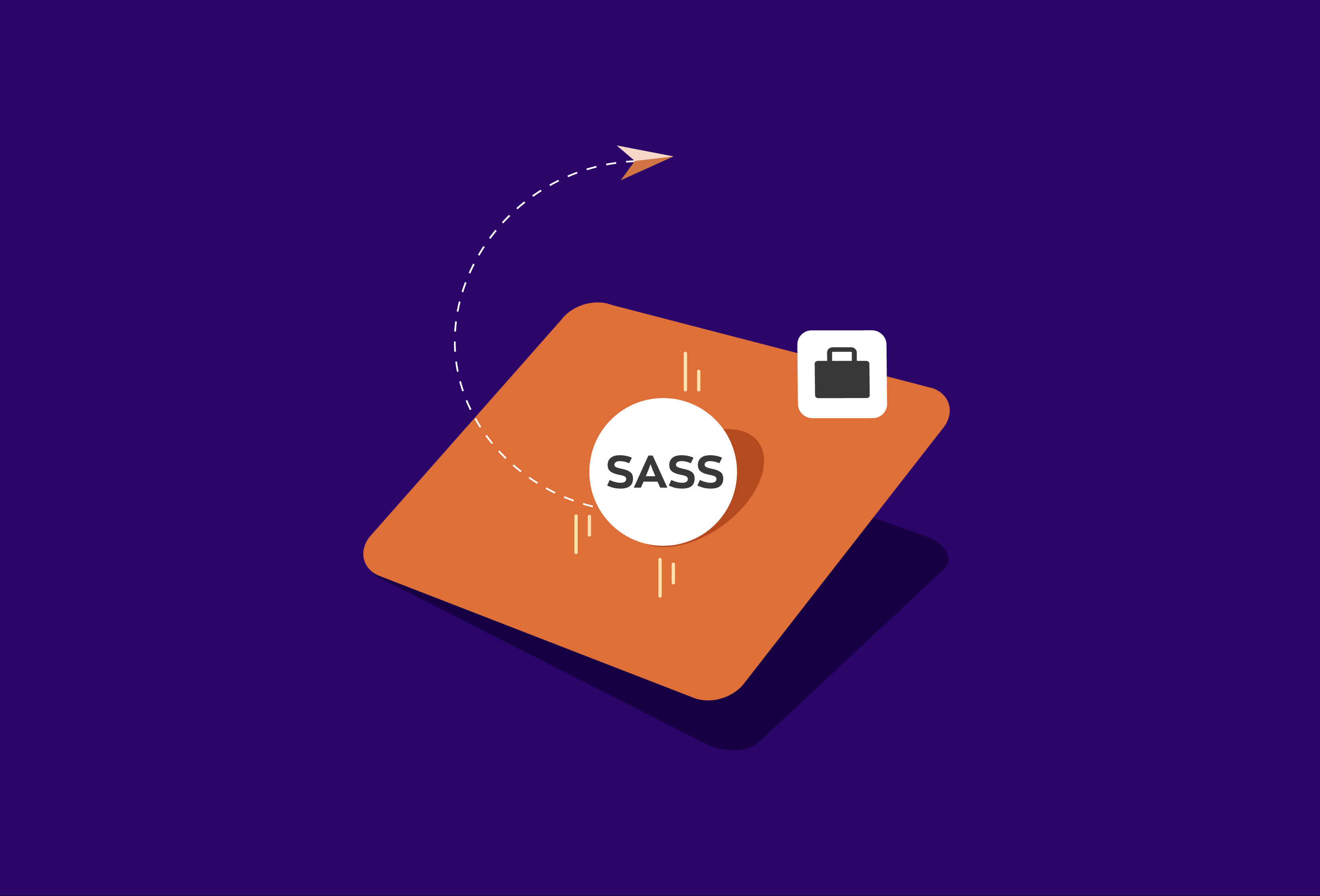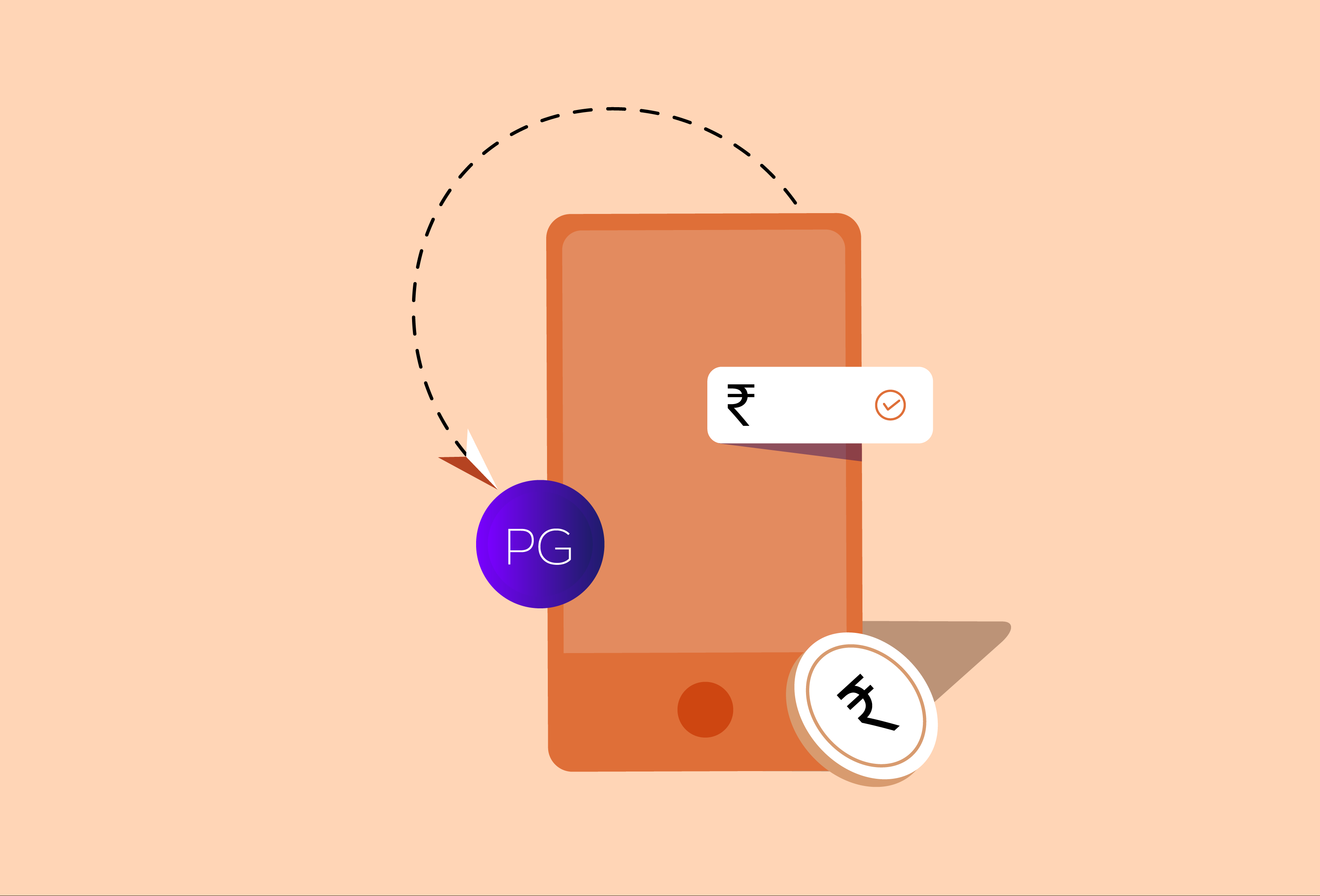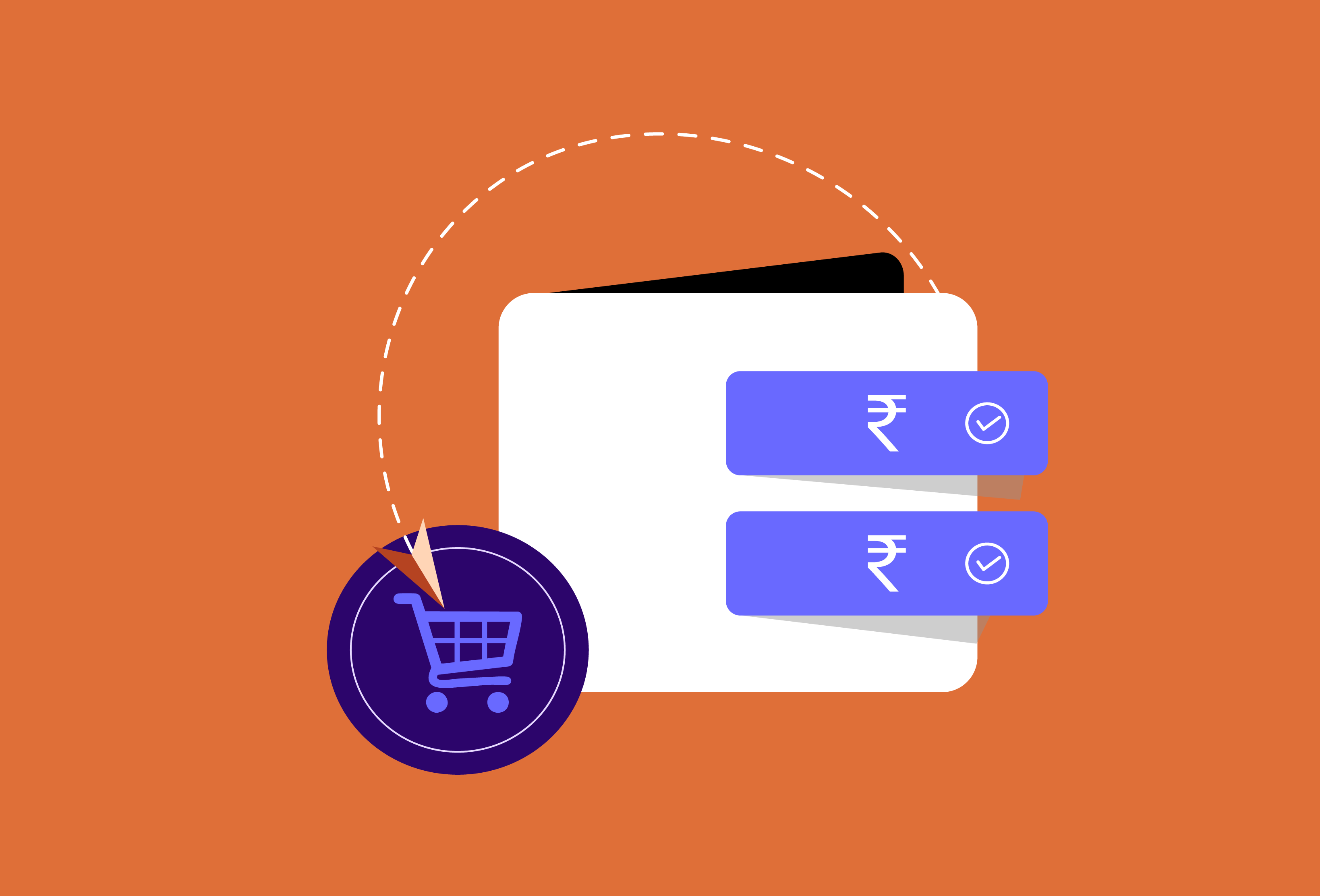Online payments have become a key part of how businesses operate today. Whether it is an e-commerce store, a subscription service, or even a small retailer with an online presence, the ability to accept payments smoothly often decides how well customers engage and return. While many businesses start with one provider, more and more are now looking at using a multiple payment gateway setup. This approach brings flexibility, reduces risk, and gives customers more choices. But it also comes with challenges that need careful handling.
This blog will explain what multiple payment gateways mean, look at the pros and cons of using multiple gateways, and share practical guidance on how to choose the best payment gateway combination for your business.
What is a Multiple Payment Gateway Setup?
A payment gateway is a digital service that allows businesses to accept and process payments, such as credit cards, debit cards, UPI, wallets, and net banking, through websites or mobile apps. Many providers also support integration with physical POS systems, enabling smooth transactions in both online and offline environments.
In technical terms, a gateway securely captures the customer’s payment details, encrypts the data, and forwards it to the payment processor or acquiring bank for authorisation. Once the issuing bank approves or declines the transaction, the gateway relays this response back to the business.
When a business uses multiple payment gateways, it means they have integrated more than one provider into their system. This setup allows them to distribute or route transactions in different ways, based on geography, payment method, or transaction size. By doing so, they avoid relying on a single provider and create a backup in case one gateway experiences downtime or higher failure rates.
Why Do Businesses Use Multiple Payment Gateways?
The decision to adopt multiple gateways usually comes after a company realises that relying on a single provider limits growth or exposes them to risk. Some common reasons include:
- Customer convenience: Buyers expect to pay with their preferred method, whether it is UPI, debit card, credit card, wallet, or net banking. Offering multiple gateways ensures wider coverage of payment options.
- Reducing downtime: Technical glitches or downtime can happen with any provider. Having a backup means customers can still complete their purchase without abandoning the transaction.
- Global expansion: Businesses that attract international customers need gateways that support global cards, multicurrency transactions, and compliance with cross-border payment regulations.
- Better conversion rates: Payment failures are a big reason for cart abandonment. With multiple gateways, businesses can route transactions intelligently and reduce failed attempts.
Pros of Using Multiple Payment Gateways
Using more than one provider comes with several advantages. Some of the key benefits are:
- Higher transaction success rate
If one gateway faces technical downtime, the system can redirect payments to another, ensuring fewer lost sales. - Wider range of payment methods
Not all gateways support every mode of payment. Having multiple providers ensures that customers always find their preferred option. - Flexibility in transaction routing
Businesses can route domestic payments through one provider and international ones through another, improving efficiency. - Cost optimisation
Gateway charges vary. Some providers may offer lower fees for UPI or wallets, while others may be more competitive for card transactions. By using multiple gateways, businesses can control processing costs. - Scalability
As businesses grow, they often need to handle a higher volume of transactions. Multiple gateways ensure the system is not overloaded and settlements happen on time.
Cons of Using Multiple Payment Gateways
Despite its advantages, this approach also has certain limitations. Businesses should consider the pros and cons of using multiple gateways before making a decision.
- Complex integration
Setting up and maintaining multiple systems requires more technical resources and skilled developers. - Higher maintenance costs
Each provider may charge integration or annual fees, adding to the overall expense. - Reconciliation challenges
With payments split across different providers, finance teams often face difficulties in consolidating data and tracking settlements. - Compliance and security checks
Each gateway comes with its own KYC, PCI-DSS compliance, and security audits. Managing these for multiple providers can be demanding. - Learning curve for staff
Customer support and finance teams must be trained to handle different dashboards, settlement cycles, and reporting formats.
How to Choose the Best Payment Gateway Combination
The decision is not just about signing up with two or three providers. It needs to be strategic and based on actual business needs. Here are some factors to consider when thinking about how to choose the best payment gateway setup:
- Understand your customer base
If most of your customers are domestic, focus on gateways strong in UPI, net banking, and debit cards. If you also serve international buyers, make sure at least one gateway supports global cards and multicurrency processing. - Compare features
Look beyond just transaction charges. Compare settlement timelines, ease of refunds, dispute resolution processes, and customer support quality. Doing a payment gateway comparison in India will give clarity on which providers excel in certain areas. - Prioritise reliability and uptime
Downtime directly affects sales. Always check historical uptime data of the gateways you are considering. - Check for smooth integration
The gateway should integrate well with your website, app, or ERP system. Choosing a provider that supports easy integration and offers ready-to-use tools can save time and reduce technical effort. - Ensure compliance and security
Security cannot be compromised. Look for providers that are PCI-DSS compliant and have strong fraud detection tools. - Analyse costs holistically
Apart from transaction charges, consider hidden fees such as chargeback penalties, setup charges, or cross-border fees. Sometimes a gateway with slightly higher per-transaction cost may save money overall if it reduces failures.
Best Practices for Managing Multiple Payment Gateways
Once a business adopts this model, managing it efficiently becomes important. Some best practices include:
- Use analytics to track performance: Compare success rates, transaction volumes, and failure reasons across gateways regularly.
- Implement smart routing: Route payments based on geography, payment method, or cost-effectiveness.
- Audit settlements frequently: Ensure that the money received matches the transactions processed to avoid revenue leaks.
- Stay updated on compliance: Regulations and security requirements change often. Keeping every gateway compliant prevents disruptions.
- Train internal teams: Finance and customer support staff should be comfortable using multiple dashboards and handling refunds or disputes.
Conclusion
Adopting a multiple payment gateway strategy can make payments more reliable and customer-friendly. It gives businesses flexibility, reduces the chances of failed transactions, and allows them to expand into new markets. However, it also brings challenges in terms of integration, cost, and reconciliation.
The key is to weigh the pros and cons of using multiple gateways and then build a mix that suits the business model. A thoughtful payment gateway comparison in India will help shortlist the right partners. Once chosen, businesses must monitor performance closely and keep systems compliant. Ultimately, the payment experience is as important as the product itself. By carefully evaluating the best payment gateway options, businesses can ensure that customers enjoy a smooth and trustworthy payment experience every time they make a transaction.


